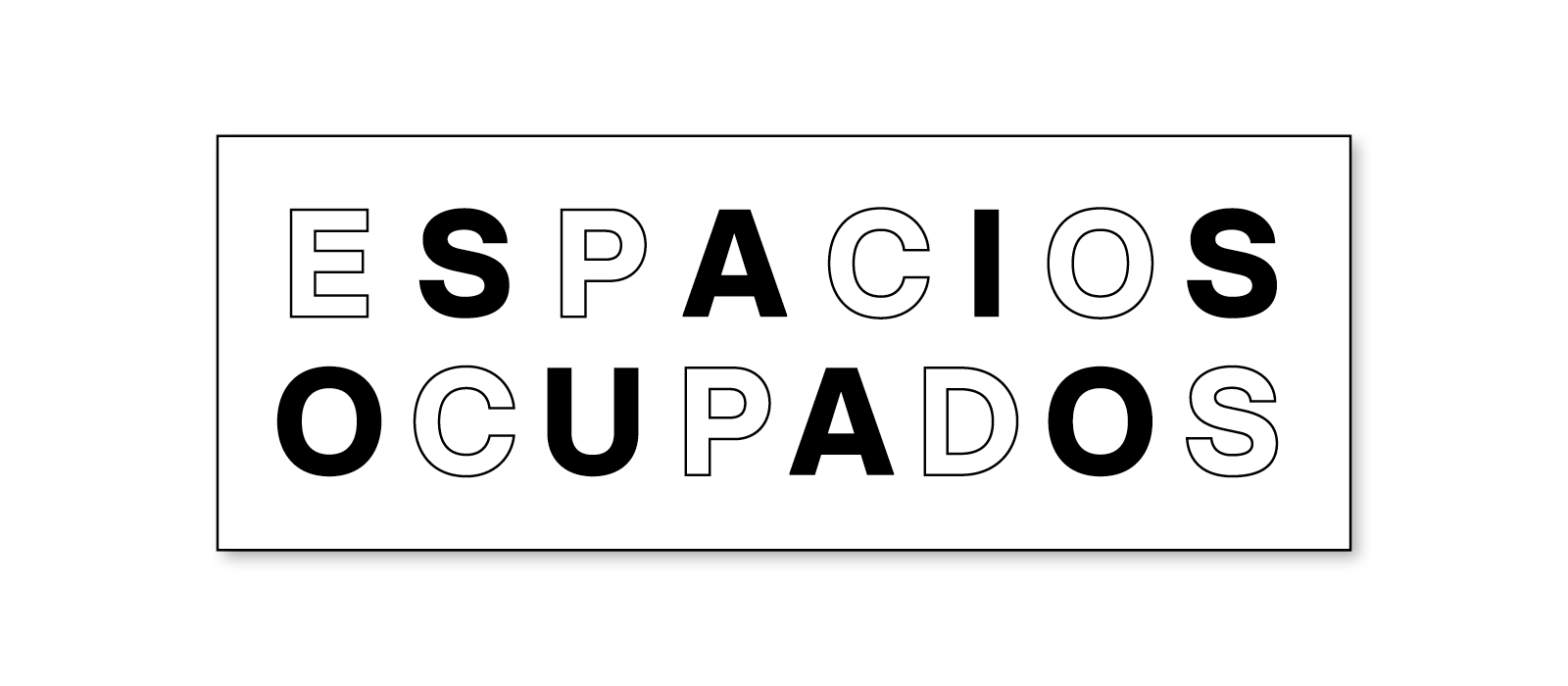ESPACIOS OCUPADOS
Visual arts program
Espacios Ocupados is a proposal that articulates trajectories in different directions to relate Spanish-speaking artists with contexts, cultural agents and places where the centers of the Cervantes Institute network are located, with the idea of bringing the artistic practice and its makers closer to the citizens of the world.
This program has been devised at a time of uncertainty and doubts about the dark present and unanswered questions about the future, in which health, care and well-being have become fundamental concerns in our lives.
We have had time to reflect calmly on the spaces we inhabit, we have worried about whether they meet healthy conditions, we have been shocked to see the streets turned into deserts and we have thought of the countryside as the lost Arcadia. In addition, the return to nature has become a reason for conversations and new approaches to life.
A more humanized use of public spaces has long been called for, while the debate between the limits of personal experience and privacy is spreading, together with concerns about safe and hygienic spaces where social distance has set a new tone in social relations.
Thus, this unexpected situation leads us to consider retreat, life without consumerism or the paradigm shift of coexistence, from a daily life that we can design to measure with our own rules, as Thoreau did isolating himself in the Walden lagoon.
For all these reasons, we have decided to occupy spaces for the benefit of coexistence and dialogue between culturally and socially diverse people, with the idea of stimulating bonds of affinity. We believe that it is time to bet on projects that encourage relationships between diverse people, creating common channels of communication, connecting people through art to be surprised by changing situations. Through these artistic occupations in certain places other ways of thinking and feeling emerge to come to understand and share questions and possible answers.
The network of centers of the Cervantes Institute allows this type of conjunctions and that people who are dedicated to making culture from different places can reactivate and resignify places, real or virtual, to inhabit them as spaces of creation and thought.

CREDITS
Organisation: Instituto Cervantes
Project coordination: María José Magaña Clemente
With the collaboration of: Carmen Caballé Tutosaus
And the team of the Digital Culture Department
And the Culture teams of the Cervantes Institutes in Albuquerque, Amman, Athens, Berlin, Bremen, Brussels, Budapest, Dakar, Dublin, Frankfurt, Hamburg, Kraków, Manchester, Munich, Naples, New York, Prague, Tétouan, Warsaw…
Virtual platform: La Troupe Digital
Technical coordination: Miren Pastor
Programming: Jon Unibaso
Design: Ruben García-Castro
Logo design: Jaime Narváez
NIPO: 110-23-030-5
Copy of images and texts: their authors
